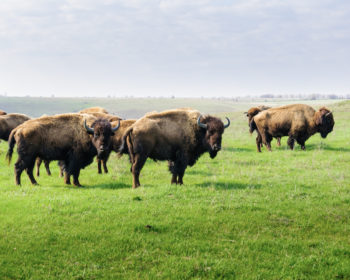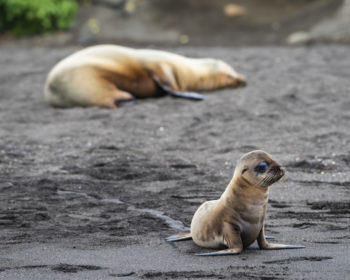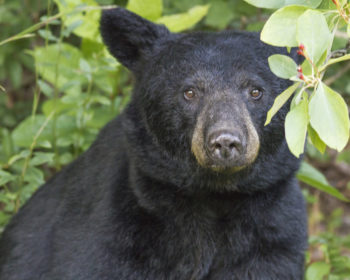Wildlife Protection Project
Every year Leave No Trace teaches millions of people how to respect wildlife. The result: less human-wildlife conflict, healthier animal populations, more opportunities to view wildlife in their natural settings and fewer relocated or euthanized species.
The Problem
As more and more people spend time in nature, human-wildlife conflicts are on the rise. And, while most people who visit the outdoors believe that they know how to respect and protect the creatures who live there, the actions they exhibit sometimes undercut their good intentions. For example, some visitors think that tossing food scraps into the woods will benefit animals. In fact, the effects are usually just the opposite. Animals that learn to associate humans with food lose their innate wariness and may be exposed to dangerous situations. They are also healthier when they stick to the diets they evolved with instead of learning to rely on non-native foods.
Even approaching wildlife too closely can quickly lead to unintended and damaging consequences. At best, it adds unnecessary stress for the animal, perhaps causing it to flee and burn extra calories. At worst, wildlife may shift from a flight instinct to the impulse to fight an intruder. From a charging elk, a coiled rattlesnake or a protective mother bear, animals can injure and even kill humans that get too close.
The Solution
A framework of minimum impact practices for respecting & protecting wildlife.
BLOG
Adult bear euthanized and cubs relocated after being fed by visitors
The saying goes that, “a fed bear is a dead bear.” And, unfortunately this recently proved true for a female black bear in search of food for her cubs in Grand Teton National Park.
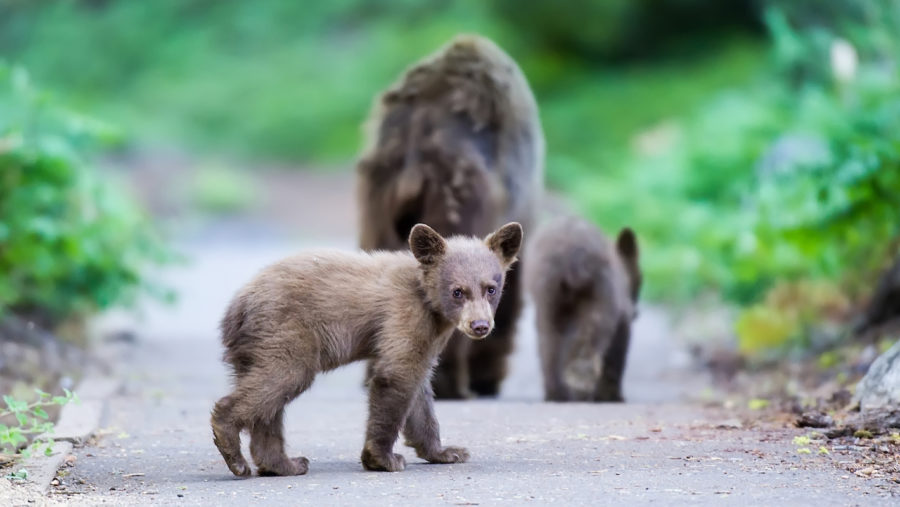
BLOG
What you need to know to keep wild animals alive
Every day there are animals dying or being put down as a result of negative interactions with humans. Here’s what you can do to prevent these unnecessary deaths.
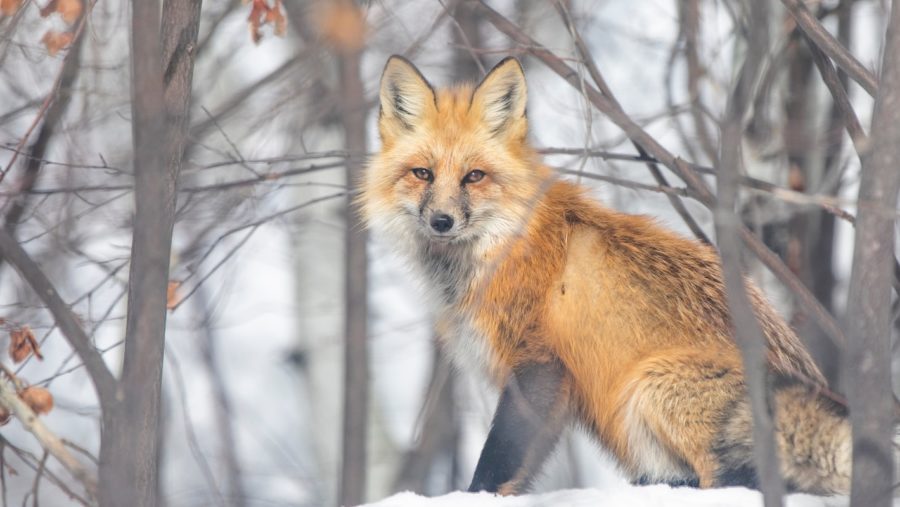
Follow Along this #WildlifeWeek
Want to learn how to respect wildlife when spending time outside? Join the conversation and test your knowledge on social media this #WildlifeWeek as we share stories, stats and tips for protecting wild creatures.
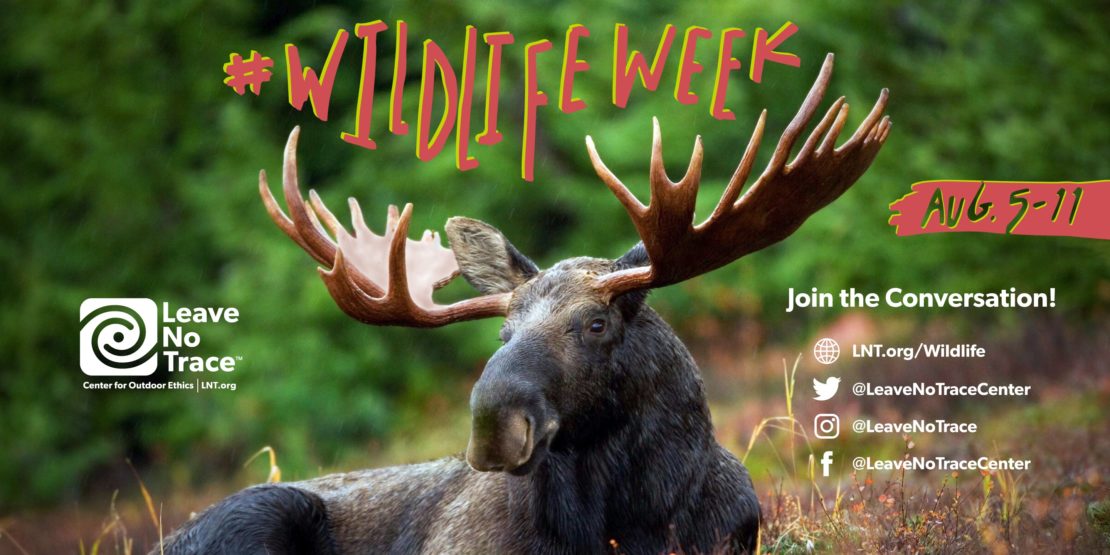
Do you love wildlife and enjoy seeing them in nature?

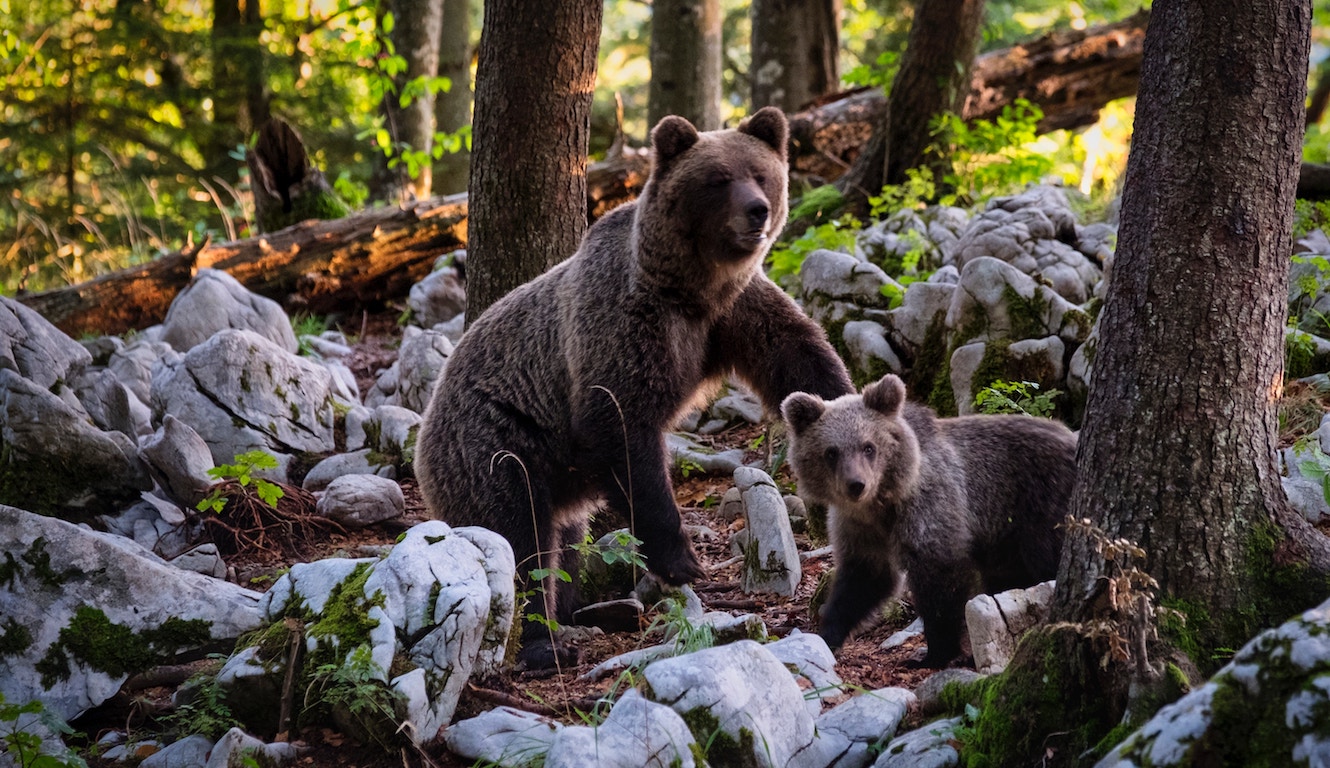
Sponsored By


